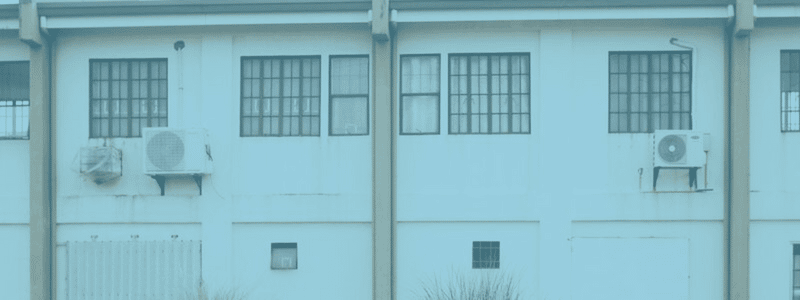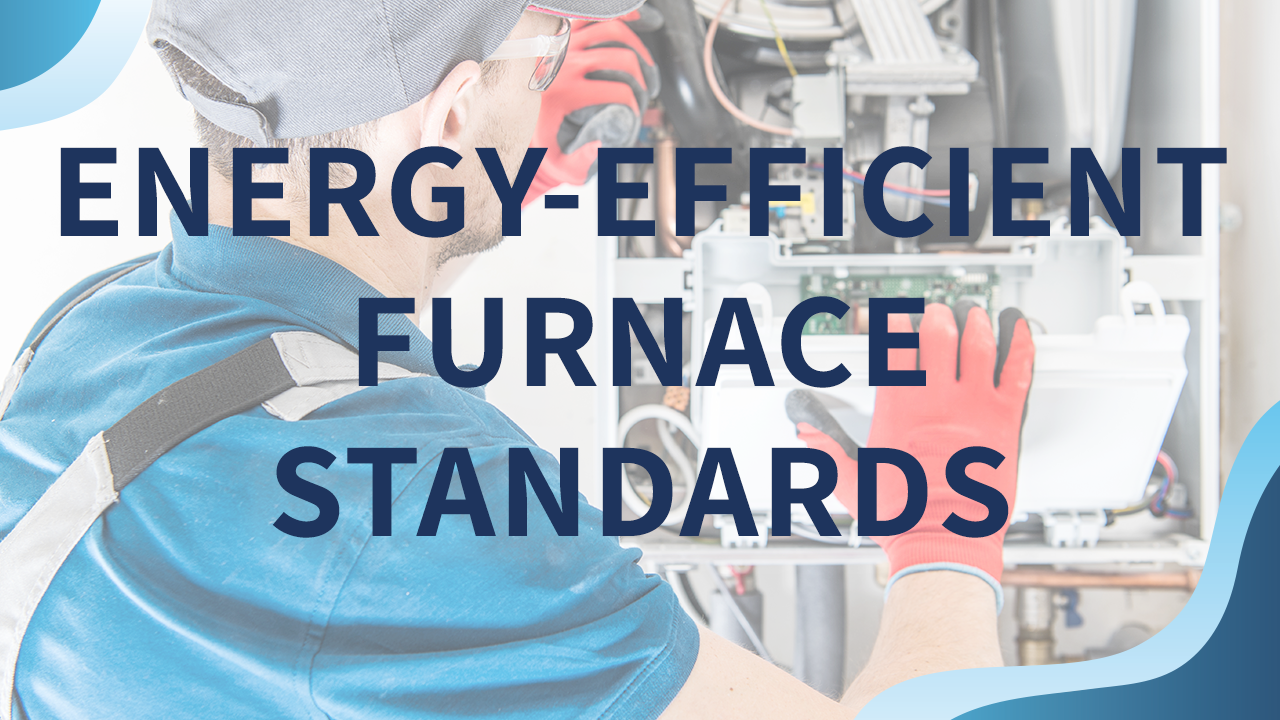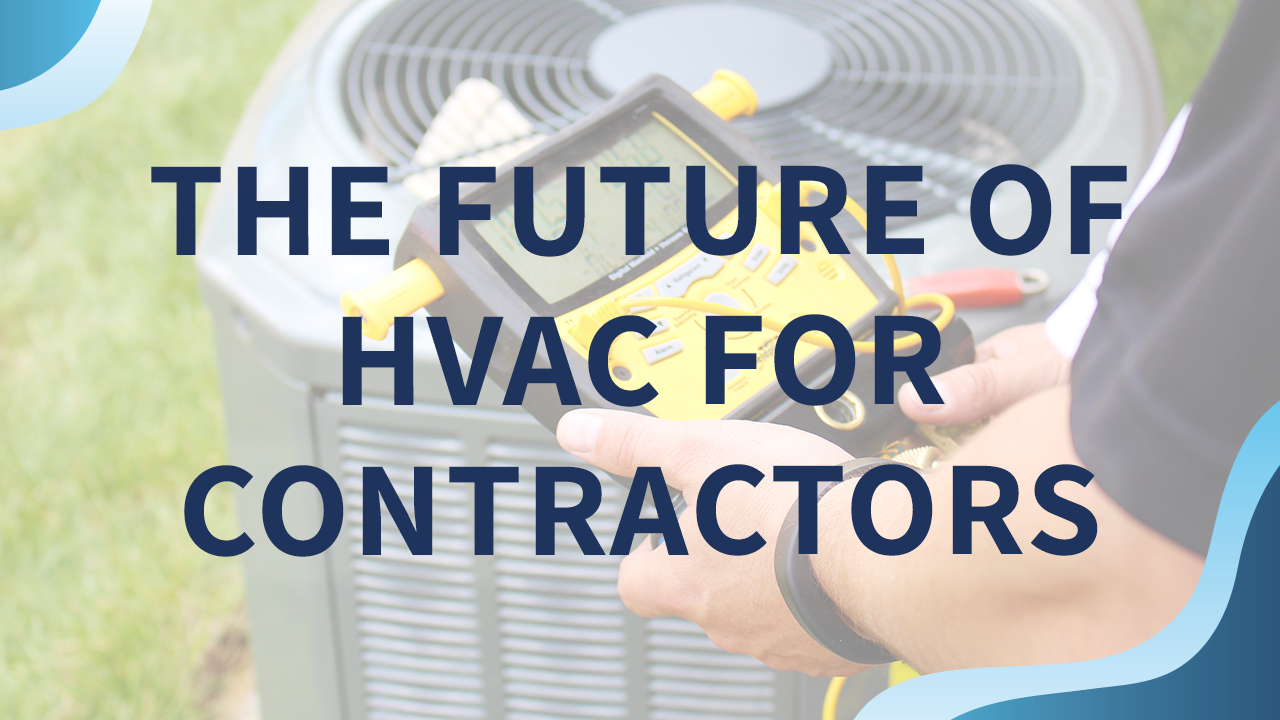It is not common for homeowners to know how energy-intensive their heating, ventilation, and air conditioning systems can be. Yet, on average, HVAC systems account for 39 percent of all electricity used in commercial and family buildings.
According to the U.S. Department of Energy, upwards of 30 percent of HVAC costs are lost to waste. It’s reasonable, therefore, to conclude that improving the energy efficiency of a building can significantly reduce overhead costs.
“Energy efficiency is a win-win scenario. Homeowners and business owners save money, and Mother Nature benefits when upgrades reduce their HVAC environmental impact.”
According to the U.S. Energy Information Administration, Americans are responsible for about 18 percent of the world’s primary energy consumption while representing less than 5 percent of the world’s population.
Commercial buildings in the United States could save as much as $60 billion by increasing energy efficiency investments by just 1-4 percent. And the 37 percent of Americans who live in rental properties are also better served by HVAC systems that are energy efficient.
Gone are the days when property owners installed large air-conditioning units and heaters. They are far more likely to opt for smaller HVAC systems that deliver energy-efficient climate control.


How does HVAC affect the environment?
Most air conditioners are fueled by electricity and use refrigerant, which produces gaseous emissions that contribute to global warming and ozone layer depletion. Some studies predict that by 2050, roughly 25 percent of global warming will be caused by air conditioning.
What is an energy-efficient HVAC system?
An energy-efficient HVAC system utilizes the least possible energy to regulate a home’s indoor temperature. The SEER (Seasonal Energy Efficiency Rating) scale was developed to educate consumers on the energy consumption and costs of HVAC systems.
According to the U.S. Department of Energy (DOE), homeowners and property owners who replace an older air-conditioner with a model with a higher SEER can save up to 40 percent on their cooling costs.
The green approach may require a higher initial cost. Still, the savings over time make it a valuable investment. According to the National Institute of Building Sciences Whole Building Design Guide, installing a high-performance HVAC system in conjunction with an energy-efficient building design can result in a 30-percent reduction in annual energy costs for an initial investment that can be paid back within three to five years.
Business owners and property managers seeking to reduce their HVAC environmental impact can:
- Make energy-efficient improvements
- Reduce a building’s heat load
- Perform HVAC upgrades
- Install a new state-of-the-art HVAC system
Energy Efficient Improvements
Before investing in a new HVAC system or making other HVAC upgrades, the DOE recommends property owners first ensure the building is properly sealed and insulated.
If the building is air-tight and well-insulated, you can likely get away with a smaller HVAC unit. Other energy-efficient improvements could include installing double-paned windows, upgrading programmable thermostats, and regularly changing HVAC filters.


Reduced Heat Load
Every energy-efficient improvement made to a house alters its head load. For example, according to the DOE, by improving ceiling and wall insulation, upgrading to double-paned windows, increasing window overhangs, and eliminating duct leakage, the heat load of a 2,000-square-foot house in North Carolina could be cut in half.
But when the heat load is reduced, the existing HVAC system will be far too large for the building. Only by upgrading to a system sized appropriately for the reduced heat load will the property owner truly maximize energy efficiency.
The DOE even evaluated the efficiency of the same North Carolina home with and without an HVAC upgrade. The original 4-5-ton system would allow for 54 percent savings in heating and 47 percent in cooling costs after other improvements were made. But by upgrading to a smaller, 2-ton system that can still accommodate the lighter heat load, the homeowner would save 63 percent on heating consumption and 53 percent on cooling costs.
HVAC Maintenance
According to Pacific Gas and Electric, properly sealing heating and cooling ducts can improve HVAC efficiency by at least 20 percent. Plus, regularly changing dirty air filters can reduce wasted energy by as much as 10 percent.
Regular maintenance will also extend the lifetime and lower costs associated with an HVAC system. By proactively performing maintenance regularly, the overall costs of maintaining a system can be reduced by 40 percent, in addition to ensuring units always use the least amount of energy necessary.


HVAC Upgrades
Sometimes the costs of replacing parts and other ongoing HVAC maintenance become greater than simply replacing the system with a newer model. Often equipment that has outlived its usefulness continues to operate, and property owners might be reluctant to invest in new equipment. But eventually, that antiquated equipment will deteriorate beyond use, so it might as well be replaced once it has outlived its efficient usefulness.
HVAC systems over ten years old can be replaced with ENERGY STAR-certified products. These air conditioners and heat pumps reduce energy costs by as much as 20 percent. In addition, rooftop HVAC units can be retrofitted with advanced digital economizer controls and sensors so that air is only ventilated as needed.
Motili’s HVAC Environmental Impact Solution
Motili is the solution to cost-effective equipment, installation, repair, and maintenance. We combine people, processes, and technology to create a unique and nationally supported app that will help property owners of all kinds to manage their heating and cooling efforts quickly.
Our solution will help you cut costs and achieve new levels of efficiency and performance.
Data analysis will continue to be performed by the on-demand service industry, including HVAC technicians, to match consumer needs to service providers.
Motili’s platform goes even further by helping building managers make intelligent and proactive business decisions with access to comprehensive asset tracking, replacement optimization, and planned repairs across their property portfolios.












